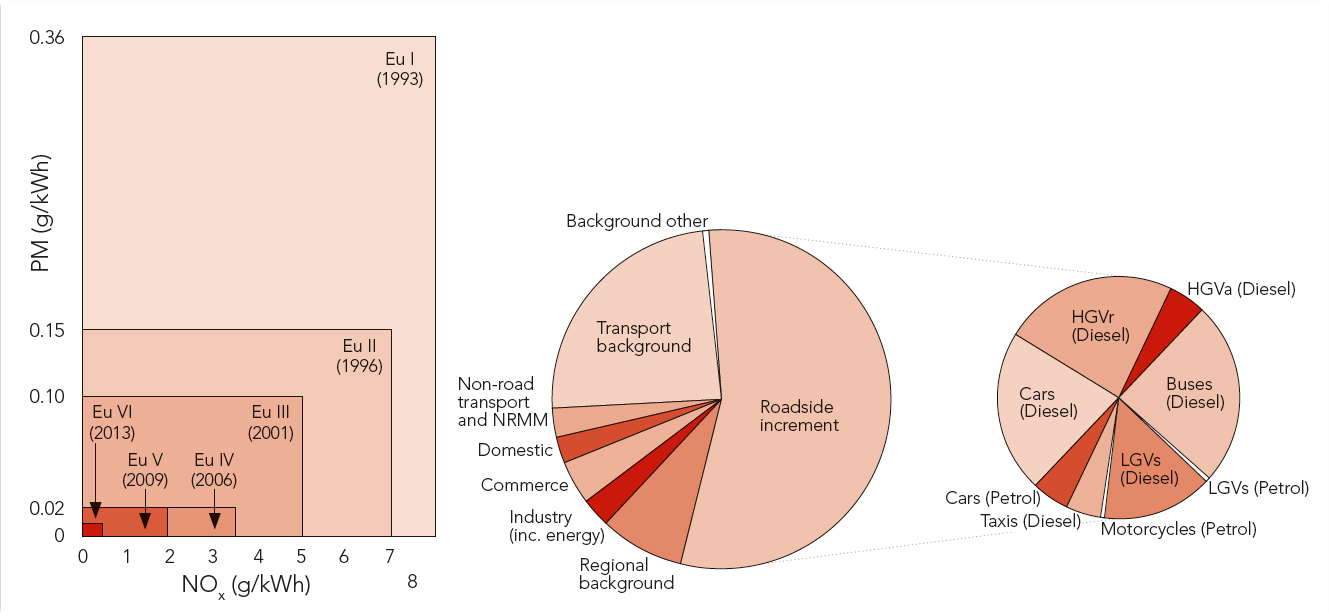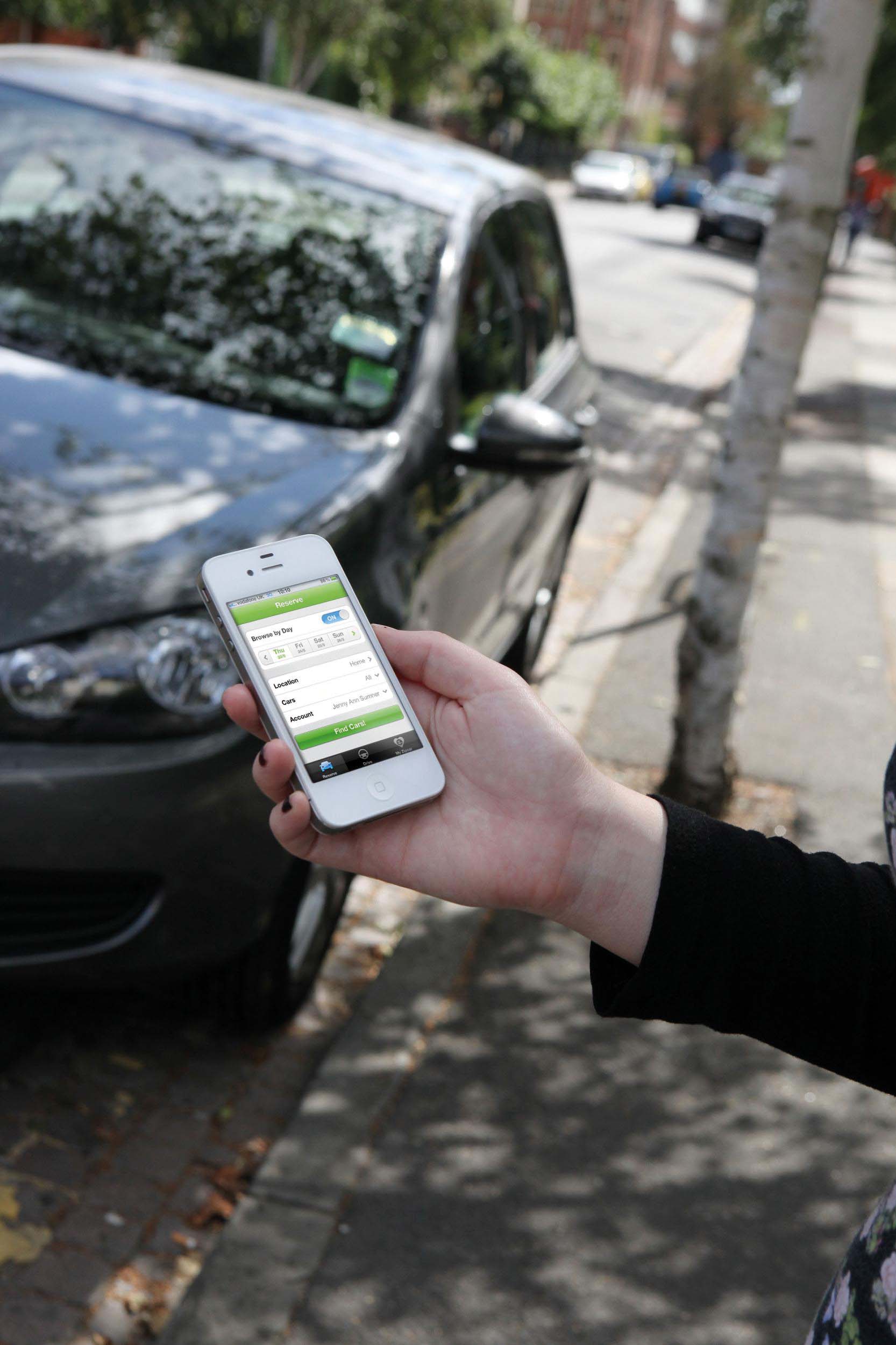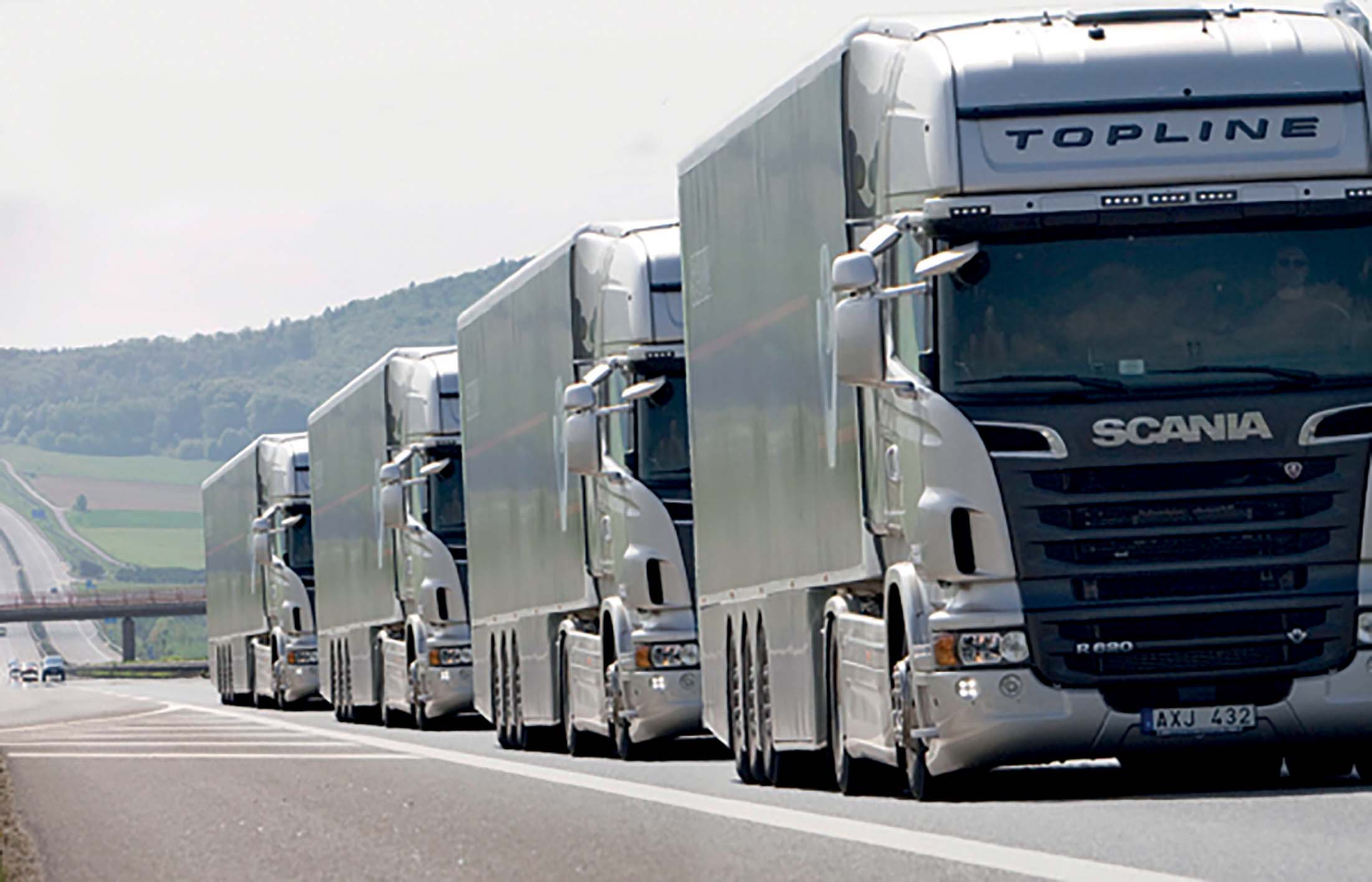
David Crawford surveys European trends in environmental monitoring and enforcement
All the Low Emission Zones (LEZs) monitored in a Europe-wide study published in 2010 have reported positive impacts on air quality, emissions levels and the rates of introduction of cleaner vehicles (typically Heavy Goods Vehicles (HGVs)). The results are significantly improved where enforcement is automated (for example by Automated Number Plate Recognition (ANPR) cameras) as opposed to being manual, resulting in compliance rates close to 100 per cent.Assessments comparing LEZs (some 200 are currently operating or planned in 11 countries across Europe) with "other appropriate local measures" typically find that the zones are the most effective, according to the study. Carried out by Emmendingen, Germany-based air quality specialist
The Netherlands, Italy and the UK are currently leading in the deployment of automated camera-based enforcement of milieuzones (LEZs). The Dutch are moving to upgrade existing manual systems that have been widely introduced in cities around the Netherlands since 2007. This is in contrast to
The Netherlands
The Amsterdam scheme, developed byThe Innovation Awards jury welcomed the new system as an "important initial step towards achieving a much cleaner environment in a major city". The scheme currently excludes vans, as do those in many other European cities; air quality campaigners are pressing for such extensions as having wider environmental benefits.
Among the 10 other Dutch cities that currently have LEZs (one of the highest tallies in Europe), The Hague, the administrative capital of The Netherlands, plans to have its new camera-based system fully operational by the end of 2010, following testing since September. It uses cameras supplied by Dutch company ARS Traffic and Transport Technology at 12 strategic locations, at least one of which any HGV will have to pass on its way into the central area.
Previous manual compliance levels were initially around 70 per cent. The first attempt to raise this level, milieuzone project leader Rob Velders told
Utrecht plans end-2010 deployment of a mobile ANPR application. This will use a van equipped with a camera system developed by Dutch companies Agendum and Abstract Computing International for their existing SCANaCAR parking enforcement service. Rotterdam is closely studying the performance of its current manual system as a prelude to possible automation.
Italy
In Italy, Milan's Ecopass zone - effectively a pollution-based charging cordon - is policed by cameras at 43 electric gates around an 8km2zone a trafico limitato (ZTL), corresponding to the city's historic central core. Installed as a one-year trial project in January 2008, the scheme has since been continued and extended in scope.
It is based on a fee structure relating to vehicles' engine emission standards and the funds are used to finance public and green transport projects. Data for the first half of 2010 shows average daily PM10 emissions down by 14 per cent as compared with the preceding period.
The UK
The London LEZ came into operation a month later, in February 2008, following a study which recommended an automated approach if the LEZ were at some point to include vans, to ensure adequate detection rates. It is now registering approximately 96 per cent compliance.In autumn 2010, the Mayor of London confirmed that the LEZ will cover larger vans and other non-HGV traffic from January 2012. (The UK Government is under notice from the
UK Local Transport Minister Norman Baker, MP told ITS International: "LEZs are not a 'cure-all' but one of a wide range of strategies that can support local action. We are doing further work to understand their implications and the extent to which they could be expected to benefit local authorities." Says Sam Pollard, a Principal Environmental Scientist with consultants AECOM, which has researched the feasibility of a scheme for Glasgow, Scotland: "The UK is currently failing to meet national objectives and legally binding EU air quality limits in many parts of the country. This is primarily as a result of emissions from road transport. LEZs, such as the one planned for Glasgow, can be designed for local circumstances to reduce pollutant concentrations while also being cost-effective, even over relatively small areas."
Pollard sees roles for simpler schemes than London's, which could even target specific vehicle fleets, using permit management and verification systems.
AECOM's study followed the publication by the devolved
In Wales, the devolved
Enforcement issues
The key issues for enforcement are costs and cross-border application. With growing constraints on their budgets, localThe role of the EU
The EU requires
Member States to divide their territories into zones or agglomerations
for air quality assessment and sets health-based Limit Values (LVs),
using measurement and modelling tools, on the strength of advice from
the World Health Organisation. Measures so far implemented include
limits for the total amount of emissions that each country is allowed to
emit, under the 2001 National Emissions Ceilings Directive.
The EU
sees LEZs, defined as geographical areas where the most polluting
vehicles (typically HGVs) are restricted, deterred or discouraged from
access and use by enforcing specified emissions criteria, as one of the
most effective measures for meeting its PM10 and NO2 LVs.
One potential avenue for reducing automation costs is the integration of systems, for examle the multiple use of cameras and/or communications systems. Brian Smith, Technical Director of
On the potential multiple use of existing cameras for LEZ purposes, he stresses that the principle is fine but key fundamentals apply: "If one of the uses has an evidential requirement, such as to aid detection and collection of fines for non-compliance, then the system has to be robust enough to meet technical and legal challenges." This typically requires authentication (making the evidence unalterable without detection) and encryption (making the evidence secret) on each and every ANPR transaction. "If", continues Smith, "roadside cameras have this technology in the first place, then using the data for other purposes is a possibility.
"If they do not, then it is typically difficult to upgrade their capability, unless the same camera model is available with or without it in the first place. Enforcement capability is not easily added later." Most European LEZs are designed to cover foreign as well as domestic vehicles, but acknowledge problems with effective enforcement. The key is EU-wide action, as with processes currently under way for road safety infringements, which some Member States want to see covering LEZs as well.












